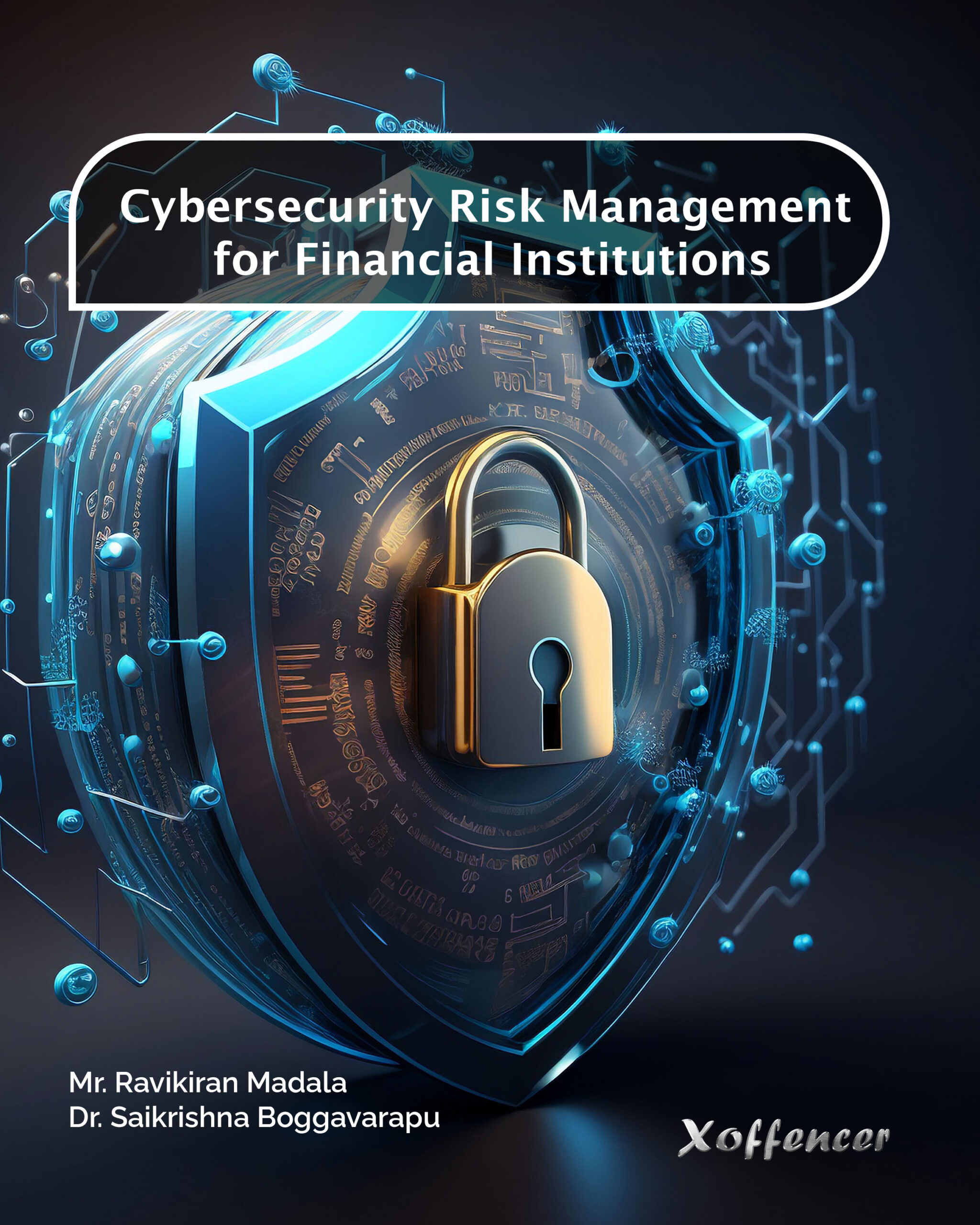Description
For example, financial institutions often borrow short-term and lend long-term to maximize their return over the forward spread. By adopting this practice, banks risk not only fluctuations in interest rates, but also liquidity crunch. (because the bank has to give a guarantee that you can refinance your loan in the short term). (because the bank must ensure that the average short-term lending rate over the life of the loan instrument can actually be lower than the long-term lending rate). In an economy characterized by a high degree of unpredictability, it is nearly impossible to adequately guarantee either of these two promises. When it comes to risk management, financial institutions such as banks have to use a variety of specialized hedging instruments, including interest rate derivatives and liquidity loans. Of course, hedging risk often incurs costs, resulting in the bank’s lower expected maturity premium. Since most of a bank’s investment decisions are made in uncertain conditions, the final decision taken takes into account both the expected returns and the risks associated with the investment. The traditional approach to increasing the value of a bank focuses on the risk-adjusted returns from the institution’s investments and the conditions under which those returns are viewed as positive. However, risk appetite, which refers to the level of risk a bank is willing to tolerate while accumulating wealth, can deter a bank from entering certain types of investments even if they are currently available in the market. This can also occur when market premiums are significantly higher than in the past. Risk taking is another term that can be used interchangeably with risk taking.











Reviews
There are no reviews yet.